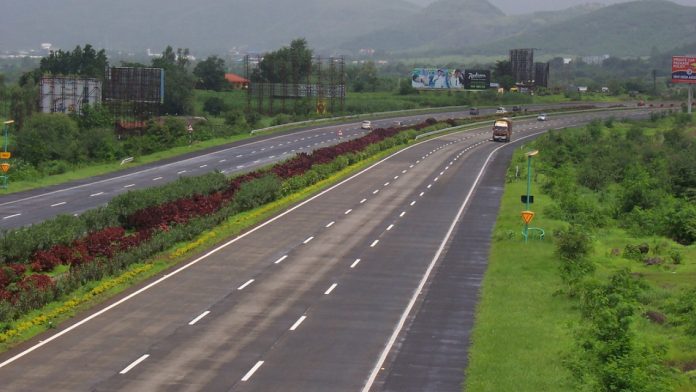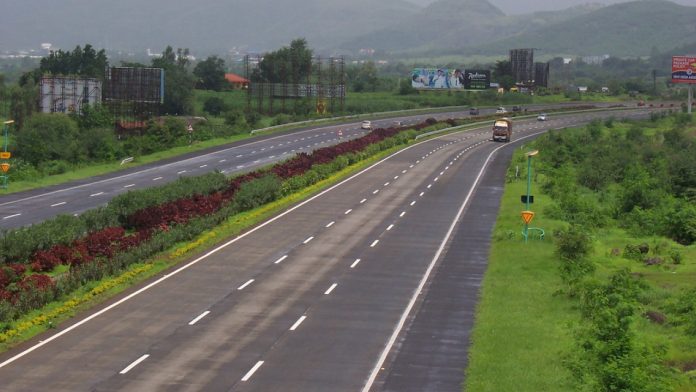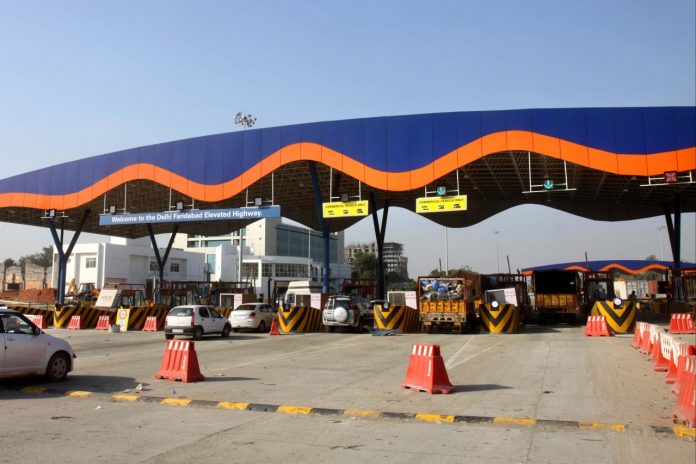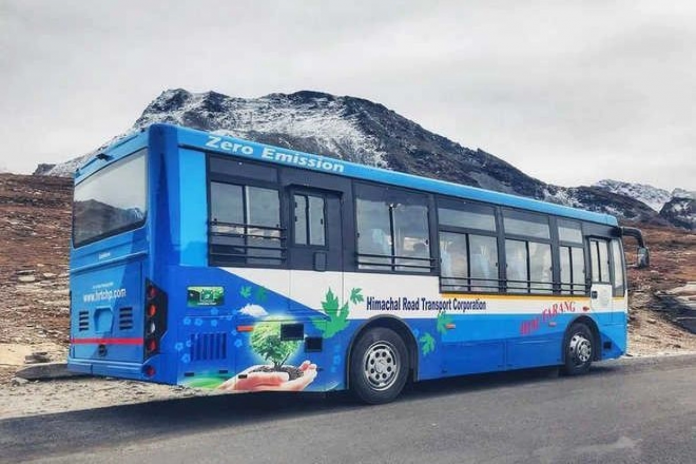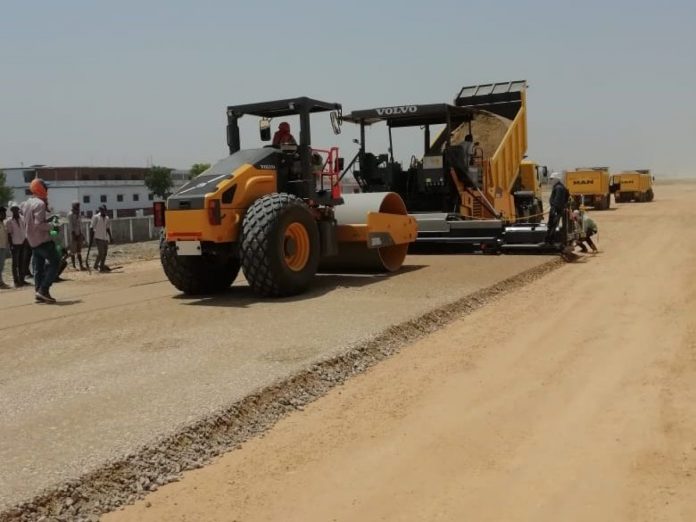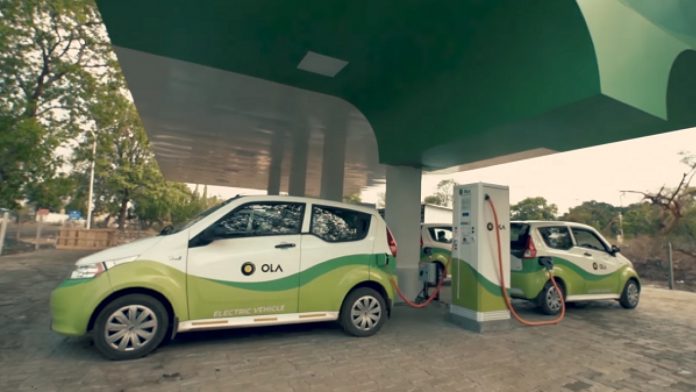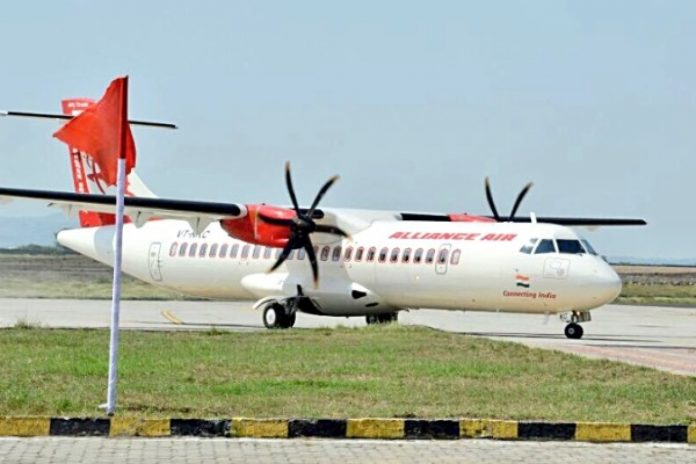Transcript:
Let’s be honest – coal is not going away anytime soon in India. Several countries are curbing their use of coal, but India is struggling – the cheap coal is difficult to turn away.
But there’s good news.
India, says the International Energy Agency, is investing more in renewable energy sources than fossil fuels. For the third time in a row, total renewable power investments have exceeded those in fossil fuel-based power. And last year, for the first time, expenditure on solar photovoltaics went past that of coal.
As a result, renewables, and especially solar, are on the ascendancy in India.
India’s commitment to solar has been clear since 2015, when Prime Minister Narendra Modi announced huge solar energy investments, pledging to surpass targets in the Paris climate agreement, to which India is a signatory.
But is solar the best or even the right way forward?
While India’s push for solar power looks promising, there are several constraints. The unreliable nature of solar power makes it, at best, a complementary source of power and not a primary source – you have to depend on when it’s sunny outside and then comes the aspect of storage and the rest.
It is one thing to reduce the burden on the grid by installing solar panels on residential buildings, but domestic electricity consumption represents only 22 per cent of the total.
Today, more than 60 per cent of the power plants in India are still coal-based.
Moreover, the electricity generated per square kilometre by coal is still far greater than solar. A coal power generating station only requires an acre of land for generating 1 MW of electricity while a solar plant would require almost 5 acres to generate the same power.
The plant power load factor – which is a measure of how efficiently energy can be extracted for use – for coal is unmatched by solar.
Also, the transmission grids that we have today are not entirely capable of handling solar or any other renewable power, and for that, a massive overhaul would become necessary.
The argument that solar power is much cheaper than coal power is also misleading at times. The per-unit production costs may be low, but with the transmission cost, subsidies, and government duties, the cost of the solar power would increase significantly.
Not only that, India’s industries accounts for 40 per cent of power consumption. The demand for reliable power in the energy-intensive steel and chemical industries and manufacturing units will necessitate the use of coal-based power plants.
The government aims to achieve its renewable energy target of 175 GW by 2022, which is great, but solar energy would be accounting for 100 GW of that, which is a bit of an issue. Solar power should not be the only go-to source of power.
A great alternative available is nuclear. Our contributing editor Jaideep Prabhu has provided a five-point agenda for how India can push for nuclear power. We’ll provide the link for that story in the description below – do go ahead and read it.
Like Mr Prabhu says, If India is to have the energy necessary for things like high speed rail, electric cars, and other substitutions of electrical power for fossil fuels, it needs to get on the front foot for nuclear.
So, the message for India is clear – renewables is the future, but relying on solar alone would be a folly.

